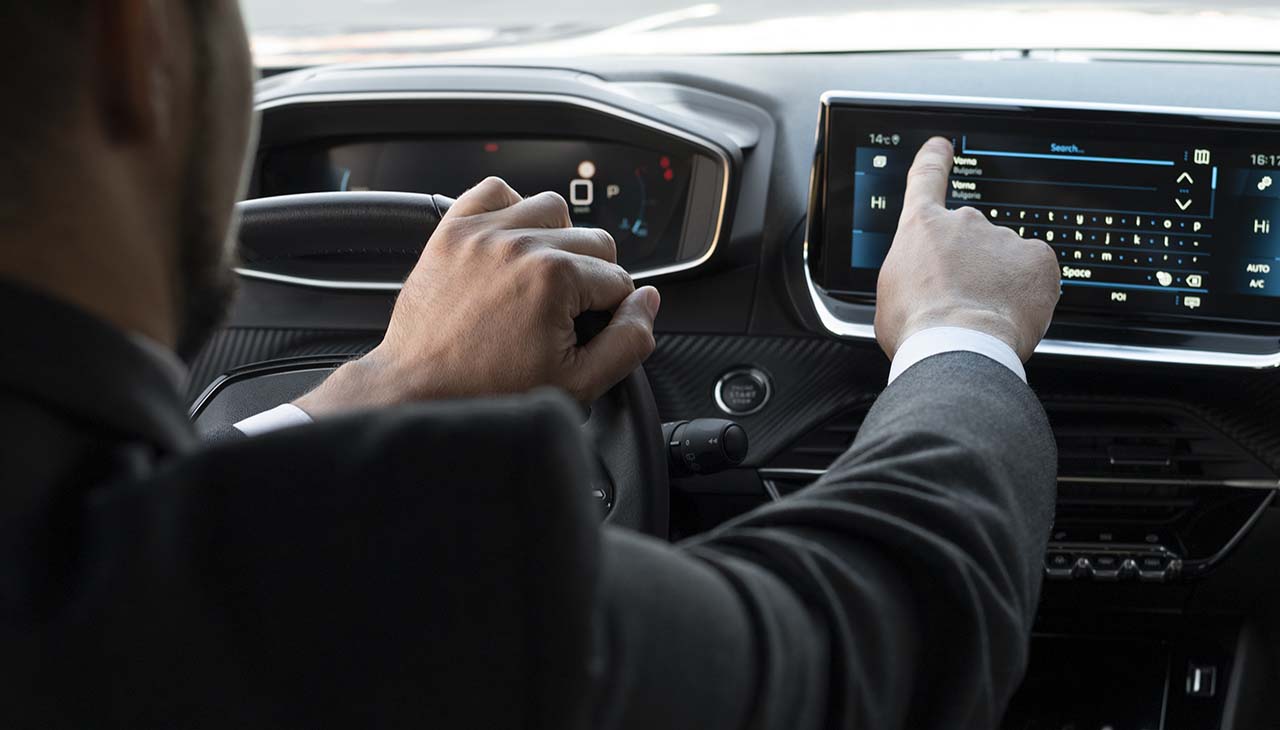Introduction
The automotive industry is at the brink of a revolution, driven by rapid technological advancements. Tech enthusiasts and automotive professionals alike are witnessing a transformative era where traditional vehicles are becoming sophisticated machines brimming with innovation. This blog post delves into the top 10 emerging technologies reshaping the automotive landscape, offering insights into their impact on driving, environmental sustainability, and safety.
Overview of the Impact of Emerging Technologies
Emerging technologies in the automotive sector are not just enhancing the driving experience; they are fundamentally altering our interaction with vehicles. These innovations promise to:
- Enhance Safety: Reducing human error and accidents through advanced driver assistance and autonomous driving systems.
- Improve Sustainability: Lowering emissions and promoting eco-friendly practices with electric vehicles (EVs) and smart manufacturing techniques.
- Optimize Connectivity: Facilitating seamless communication between vehicles and infrastructure, enhancing traffic management and user convenience.
Deep Dive into the Top 10 Emerging Technologies
1. Electric and Autonomous Vehicles
Electric vehicles (EVs) are leading the charge towards a greener future. With advancements in battery technology and charging infrastructure, EVs are becoming more accessible and efficient. Coupled with autonomous driving technologies, vehicles can now navigate with minimal human intervention, promising higher safety and convenience levels.
Case Study: Tesla’s Full Self-Driving (FSD) system is a prominent example, leveraging AI to offer semi-autonomous capabilities and continuous over-the-air updates to improve functionality.
2. Advanced Driver Assistance Systems (ADAS)
ADAS technologies, including lane-keeping assistance, adaptive cruise control, and automatic emergency braking, are designed to enhance driver safety and comfort. These systems utilize sensors, cameras, and radar to monitor the vehicle’s environment and assist the driver in making informed decisions.
Case Study: Volvo’s Pilot Assist system provides semi-autonomous driving by maintaining a set speed and distance from the car ahead while keeping within lane markings.
3. Vehicle-to-Everything (V2X) Communication
V2X communication allows vehicles to interact with each other and the surrounding infrastructure. This technology is pivotal for developing smart cities where traffic flow can be optimized, and accidents minimized.
Real-world Example: The European Union’s C-Roads platform aims to facilitate V2X communication across its member states, improving road safety and efficiency.
4. Augmented Reality (AR) in Cars
AR technology provides drivers with real-time information overlaid on the windshield, offering navigation aids, hazard warnings, and enhanced situational awareness without diverting attention from the road.
Case Study: BMW’s AR HUD (Head-Up Display) projects key information onto the windshield, helping drivers keep their eyes on the road while accessing vital data.
- 3D Printing in Automotive Manufacturing
3D printing is revolutionizing automotive manufacturing by enabling rapid prototyping, reducing production time, and facilitating custom part creation. This technology allows manufacturers to produce complex components with precision and efficiency.
Real-world Example: Ford uses 3D printing to create lightweight components, reducing the overall weight of vehicles and improving fuel efficiency.
6. AI and Machine Learning in Automotive
AI and machine learning are integral to various automotive applications, from autonomous driving to predictive maintenance. These technologies enable vehicles to learn from data, improving their performance and reliability over time.
Case Study: NVIDIA’s DRIVE platform uses AI to power autonomous vehicles, offering high-performance computing capabilities for real-time decision-making.
7. Blockchain in Automotive
Blockchain technology ensures transparency and security in the automotive supply chain. It can track parts and verify the authenticity of components, reducing fraud and enhancing trust.
Real-world Example: BMW’s VerifyCar app uses blockchain to verify the mileage and maintenance history of used cars, ensuring transparency for buyers.
8. Edge Computing for Connected Cars
Edge computing brings data processing closer to the source, reducing latency and improving the responsiveness of connected vehicles. This is crucial for real-time applications such as autonomous driving and V2X communication.
Case Study: Cisco’s Kinetic platform facilitates edge computing for connected vehicles, enabling faster data processing and decision-making.
9. Quantum Computing and Automotive Design
Quantum computing has the potential to revolutionize automotive design by solving complex optimization problems that are beyond the reach of classical computers. This can lead to more efficient and innovative vehicle designs.
Real-world Example: Volkswagen is exploring quantum computing to optimize traffic flow and develop advanced materials for electric vehicle batteries.
10. Wireless Electric Vehicle Charging
Wireless charging technology allows EVs to charge without plugging in, using electromagnetic fields to transfer energy. This innovation can make charging more convenient and reduce reliance on physical charging points.
Case Study: Qualcomm’s Halo system uses inductive charging technology to power EVs wirelessly, aiming to make the charging process as simple as parking the car.
Case Studies and Real-world Examples of These Technologies in Use
The case studies and examples provided above highlight how these emerging technologies are already making a significant impact on the automotive industry. Companies like Tesla, BMW, Ford, and Volkswagen are at the forefront of this revolution, showcasing the practical applications and benefits of these innovations.
Analysis of the Challenges and Future Opportunities for These Technologies
While these technologies offer immense potential, they also present several challenges:
- Regulatory Hurdles: Ensuring compliance with varying global standards and regulations.
- High Costs: The initial investment for developing and implementing these technologies can be substantial.
- Security Concerns: Protecting connected vehicles from cyber threats.
However, the opportunities far outweigh these challenges. Continued advancements in technology, along with increased collaboration between industry stakeholders, will drive the automotive industry towards a more sustainable, connected, and efficient future.
Conclusion and Looking Ahead: The Future of the Automotive Industry
The automotive industry is on the cusp of a technological transformation that promises to redefine the way we travel. From electric and autonomous vehicles to advanced AI and blockchain applications, these emerging technologies offer exciting possibilities for the future. As the industry continues to evolve, staying informed and adaptable will be crucial for tech enthusiasts and automotive professionals alike.
